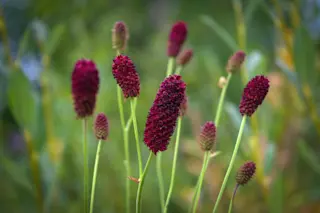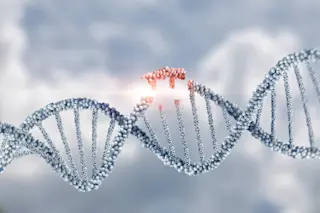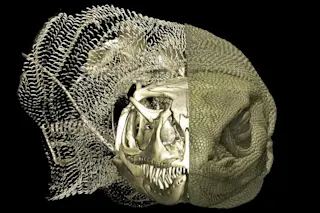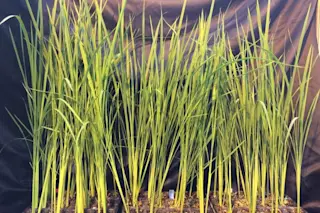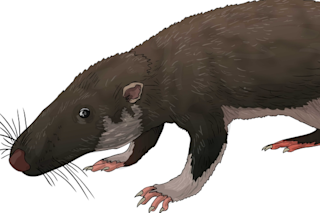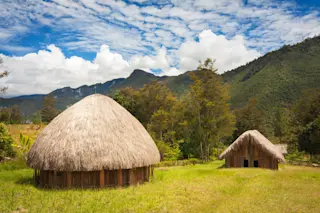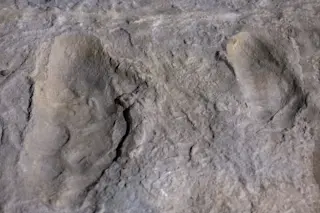In the last years of his life, Charles Darwin was tormented by an apparent challenge to his theory of evolution by natural selection. It came in the form of a flower — or, more precisely, the flowering plants that seemingly evolved like lightning and stormed the planet in the Cretaceous period, founding a lineage that now accounts for 90 percent of the world’s plant species.
Flowering plants, or angiosperms, aren’t just the tulips and peonies in your garden: They encompass grasses, broadleaf trees and virtually all crops. “They define our ecosystems, they make our food, they make our drugs, they form the ecological niches for animals,” says William Crepet, a plant biologist at Cornell University. “They are extremely important.” Yet scientists still debate how they grew so spectacularly diverse and ecologically dominant.
Darwin’s main complaint was that angiosperms seemed to have exploded across the landscape abruptly after their first appearance ...



